The easy ways conscious flyers make an impact
Almost everything you receive on an airplane comes wrapped in plastic. In 2020, Covid-19 made things even worse. It is important that we talk about how to reduce waste when you fly.
On a typical long-haul flight in economy class once you get to your seat you find a small pillow, a blanket and a set of earbuds. All plastic-wrapped.
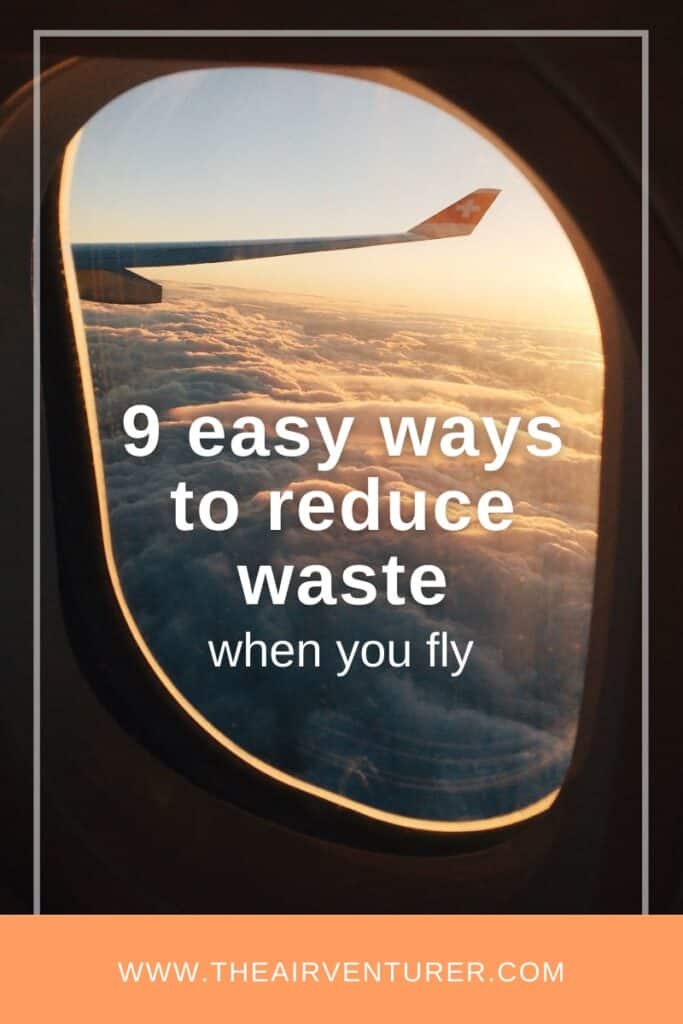
In business and first there’s even more. You’ll get a bedding set, an amenity kit filled with plastic joy and many airlines even offer slippers and pajamas. Yes you guessed it, also carefully sealed in plastic bags.
After take off you’ll receive your food tray including a plastic box with your main course, a small plastic water bottle, a small plastic juice container, plastic jam… you get it.
My pet peeve is the cutlery set in economy class, usually in the form of a 3-layer matryoshka set of plastic wrapping.
Airlines generate on average 1.4Kg of waste per passenger on every flight.
Why is it important
Waste is one of the biggest problems for our environment and the aviation industry has a lot of work to do in this aspect.
Single-use plastic is now present in even the most remote parts of the planet, ending up polluting our oceans and killing marine life.
Last year a whale washed ashore in the Philippines with 40kg of plastic in its stomach.
Plastic pollution is now making its way inside the human body. Researchers found that on average a human ingests around 5 grams of plastic every week. That’s the equivalent of a credit card each week.
The same research done at Arizona State University found microplastic contamination in all major human organs.
The waste generated by flying travelers mostly goes to landfills or incinerators. According to scientists 91% of plastic isn’t recycled.
9 ways to reduce waste when you fly
The use of plastic in aviation is driven by low cost and convenience. But this comes with serious long term consequences.
Recycling waste generated on flights is a complicated chain of events, most of which are out of our control as passengers.
However, there are some simple things we can do to help generate less waste when we fly and also reduce our carbon footprint.
- Check-in online and don’t print your boarding pass
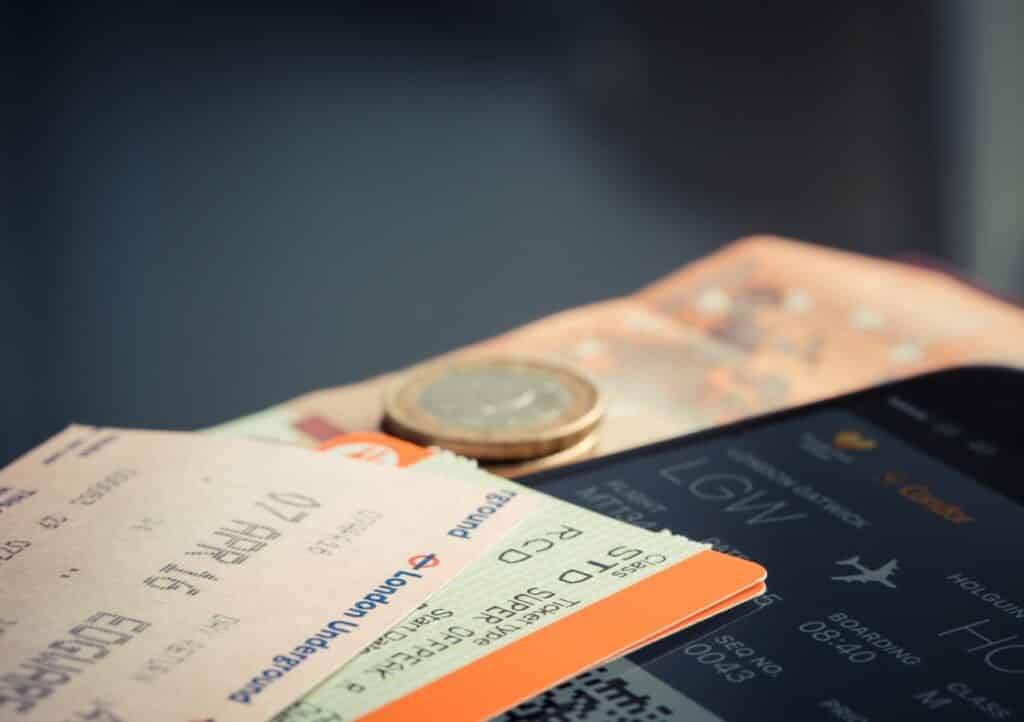
Most airlines nowadays offer the possibility to check-in online from a browser or using a mobile app.
If your phone doesn’t automatically display the boarding pass, you can take a screenshot and save it in your photos folder or camera roll.
You can even take a photo of your computer screen if that’s the only way your airline provides this document.
If you must check-in a bag at the airport, ask the agent not to print your boarding pass and take only your bag receipt.
- Don’t buy from the duty free zone
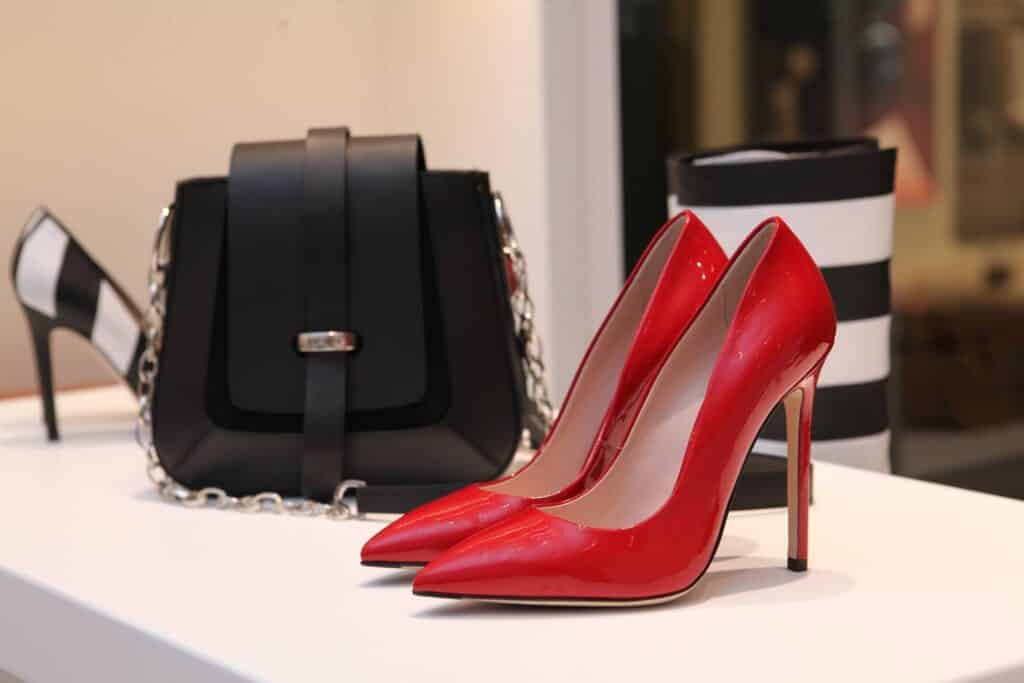
Duty free areas are pretty hard to avoid. Most airports don’t make lots of money from aeronautical activities such as airplane take offs and landings.
Therefore invest a lot in finding ways to improve passenger flows.
They want you to get through check-in and security quickly and into the commercial area where some real money can be made.
If you wondered why many airports nowadays look more like shopping malls, this is why.
Have you ever found yourself lost in a winding path of strong smells, loud music, flashing lights and aggressive sales people?
In my aviation career I have met people who would choose to travel through particular airports just for the experience of shopping, even if that meant adding an extra leg to their journey.
If that’s something you love doing, then fine. Just be aware that going crazy in the duty free area has the power to ruin both your budget and the planet.
Duty free shops generate tons of plastic every day and due to airport security procedures, this waste is impossible to avoid.
Once you arrive at the airport dash through the duty free area. It will be good for the environment and even better for your wallet.
- Reuse the plastic security screening bags
Going through security screening at the airport can be really stressful even for the most seasoned travelers.
Here’s a pro tip that will help you and Mother Earth next time you fly. Get a reusable silicone security screening bag.
You can find ones in the right size and of course transparent so your liquids and gels can be inspected if necessary.
If you don’t want to buy one, keep the ones you get for free at the airport. Don’t bin it when you reach your destination.
You can get it ready when you pack your bag, place it at the top so you can find it easily then dash through security like a pro.
- Take a reusable cup and water bottle
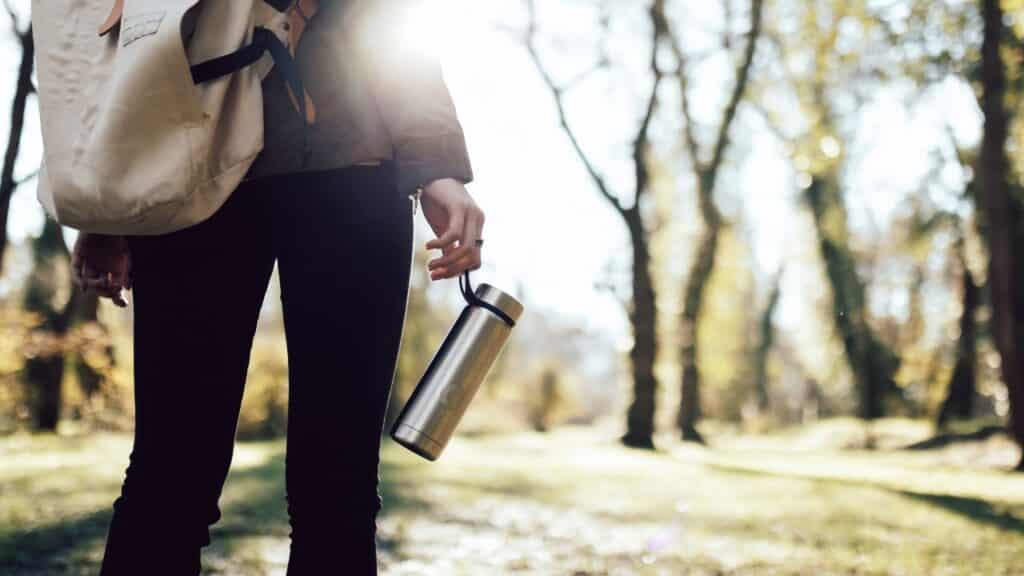
I’ve had a reusable water bottle and coffee cup for more than two years now. I love them.
Just make sure they are empty before going through security or you may lose them.
You can refill after security using a public water point. If one isn’t available in that airport, ask for water from a coffee shop. I’ve never been told no.
Once on board, don’t be afraid to use your cup for wine, beer or bloody marys. They are still good I promise.
The cabin crew will be happy to refill your water bottle anytime (though it’s best if you’re polite and avoid asking during busy cabin service times).
- Be prepared with a reusable travel kit
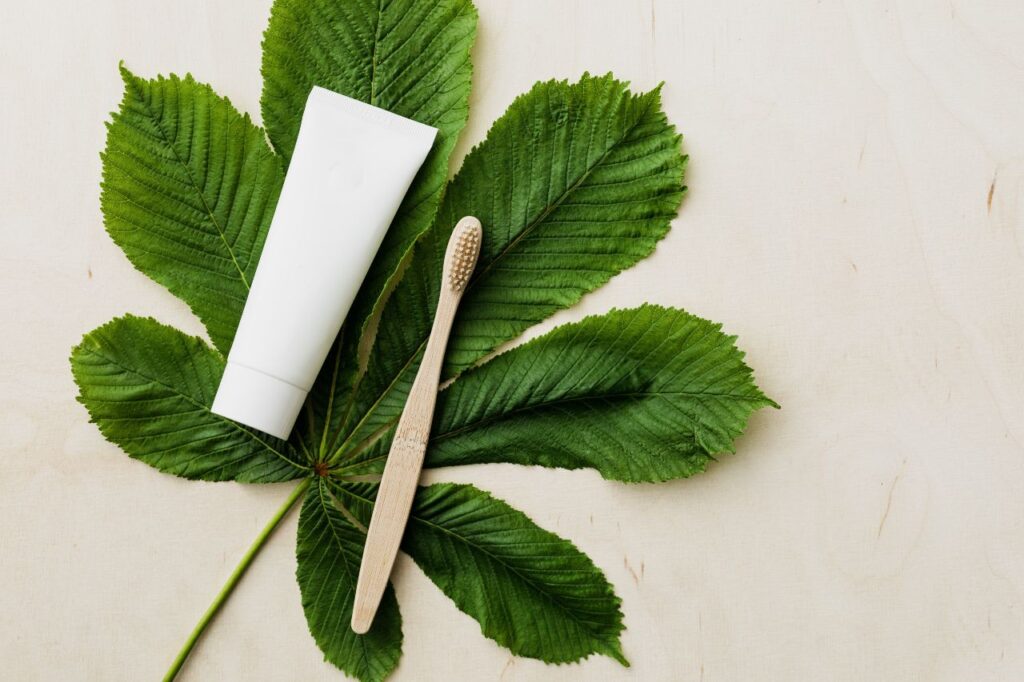
When I first started traveling more often for work I would spend lots of money always buying those small plastic bottles of shower gel, shampoo, mouthwash and many others.
Soon enough I realized that this is not sustainable and every trip meant a pretty big hit for my budget as well.
Now I have my very own reusable toiletry bag with reusable containers that I prepare at home with products I buy in bulk and use daily.
Recently I added a spork to my kit and I never go on a trip without these. Just make sure you don’t add a knife, otherwise the security screening may be more interesting than you need 🙂
- Don’t open the amenity kit if you don’t need it
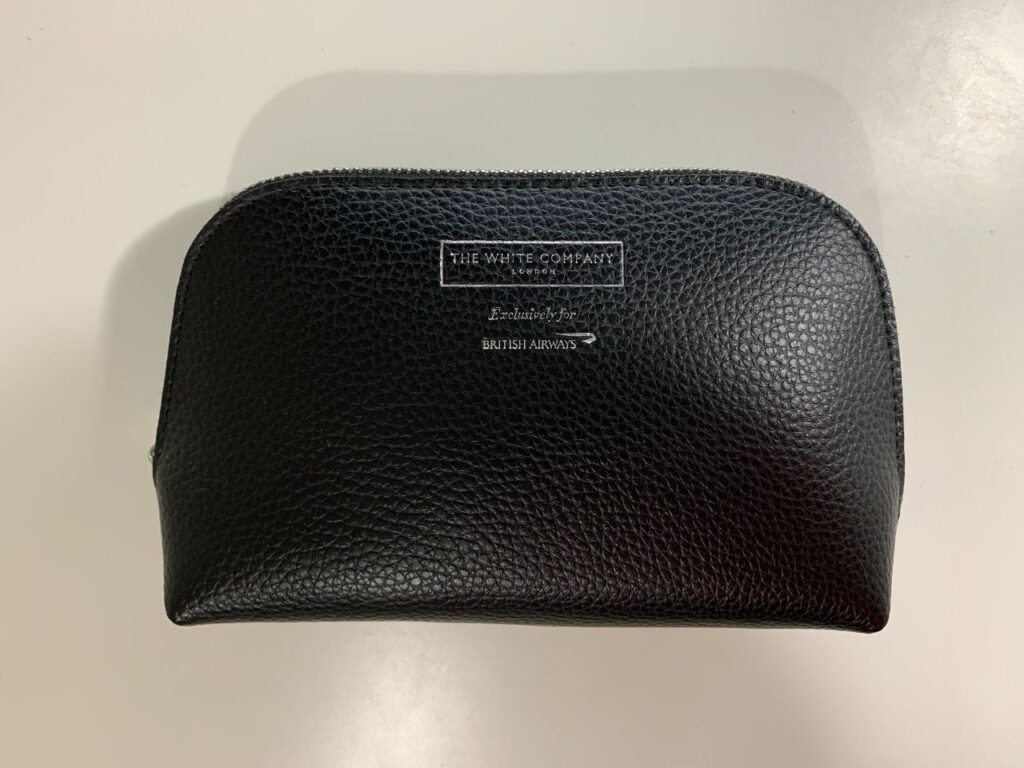
Every time you fly long haul airlines give you a bag of goodies to try and make your trip more comfortable.
The problem is, these bags are not great for your carbon footprint. Those tiny lotions and gels wrapped in plastic bags seem harmless. But imagine how many of them are used on each flight!
Some airlines such as Singapore Airlines have stopped placing complete amenity kits on each seat. If you need anything, you ask the cabin crew.
I think that this approach is far better at discouraging waste.
However, the pro way of doing it… you guessed it. Bring your favourite products in your reusable travel kit we talked about in the previous point.
- Say no to plastic-wrapped headphones
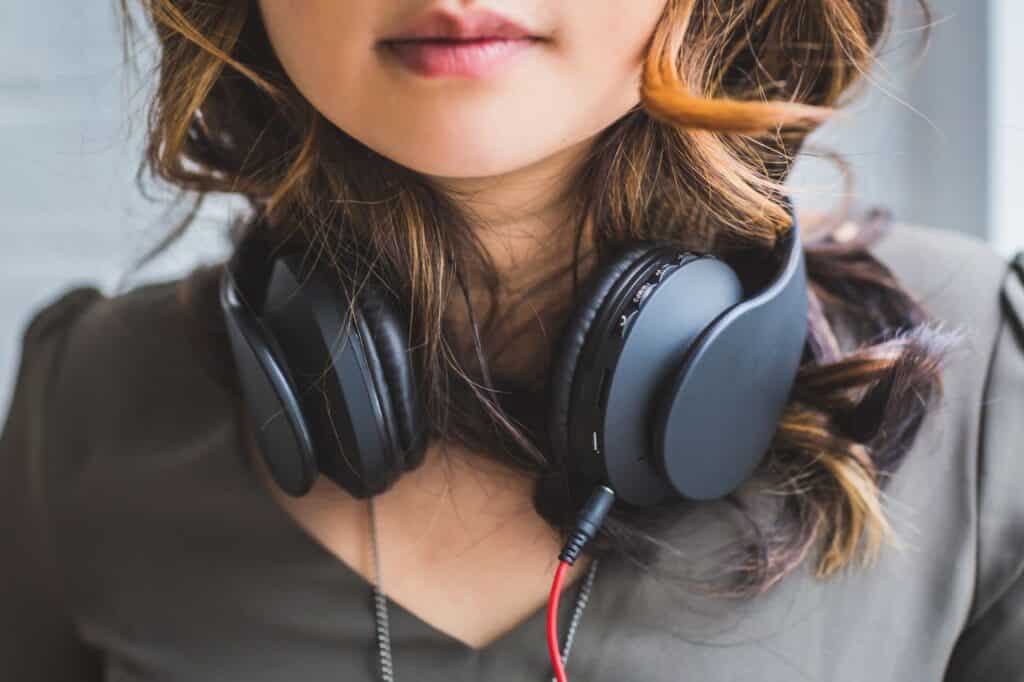
On longer flights most airlines have In-Flight Entertainment Systems (IFE) to keep passengers well… entertained.
After so many years of flying my favourite on-board entertainment is still the view from the window seat.
However, there are times when watching a movie or listening to a podcast makes a flight more enjoyable.
Especially if you have a noisy neighbor, like someone who snores or a crying baby.
The headphones provided by airlines, particularly in economy class, are always really bad and don’t isolate sounds you don’t want to hear.
Did you know that airlines don’t reuse economy class headphones?
Pro tip: invest in good quality noise canceling headphones. Reduce waste and change the way you travel forever!
- Bring warm clothes for the flight
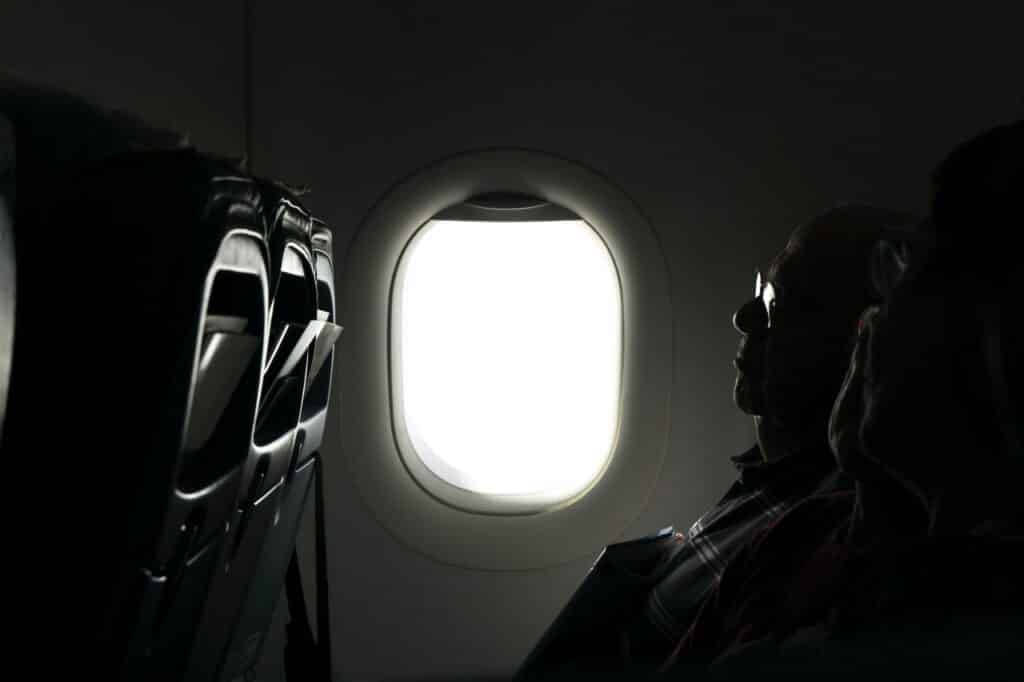
When you pack for a flight, especially a longer one, make sure you’re prepared for cold temperatures. The last thing you need when you reach your destination is a runny nose.
I always see people in shorts and flip flops (not only cold but also unsafe) boarding a 14-hour flight with nothing to keep them warm later.
Airlines provide a blanket and a pillow which come with even more plastic wrapping.
If you’re traveling in first class or with some airlines even in business, the plastic party never ends. You’ll get pajamas and slippers, a duvet, blanket, pillows… plastic heaven.
It’s always cold on flights. Airlines keep it that way for reasons we’ll talk about in another post. If you’re like me and love the window seat, it’s even colder.
Make sure you have comfortable shoes and socks, bring pants and a top even if you’re going to a tropical island.
- Pack your own food
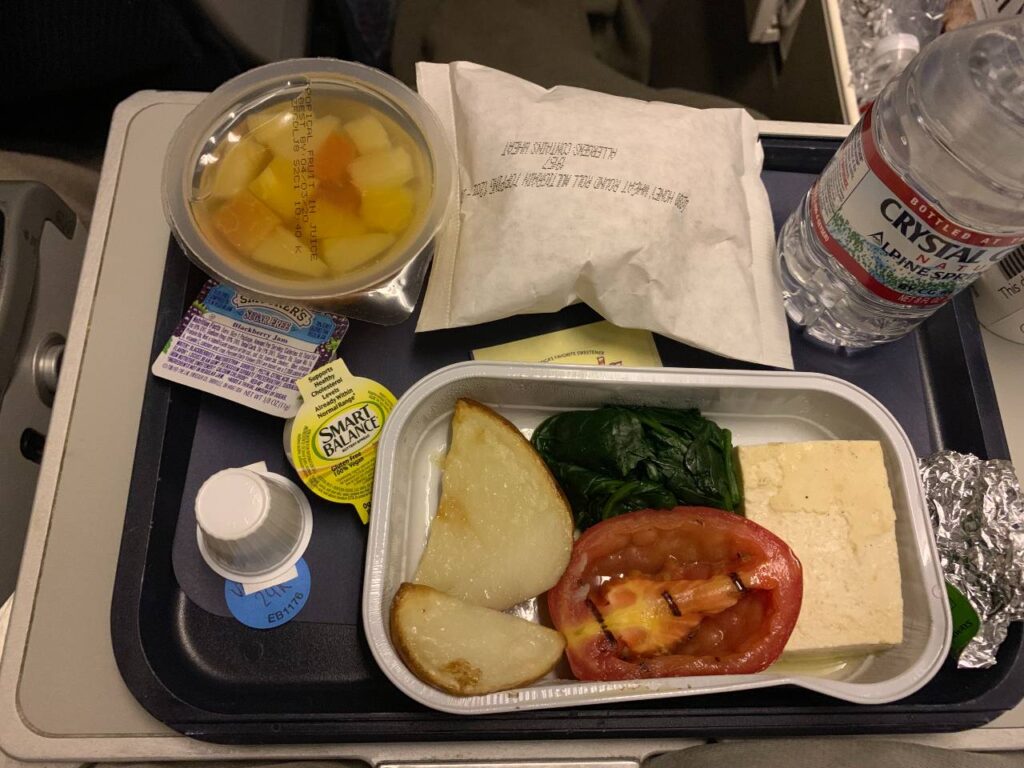
Airplane food generates large quantities of waste, especially if you’re flying in economy. Bringing your own food and snacks is easy, particularly on short haul flights.
Unless you fly in a premium class, the food served on airplanes is pretty bad, salt-heavy and can make you feel bloated and uncomfortable.
On longer flights, bad food with little to no nutrients can mean a low energy start to your trip.
Treat your body well by eating the right food and help protect the environment at the same time.
If you can’t bring your own food, then you can still limit your impact on the environment by choosing vegetarian or vegan options (order a special meal at the time of booking).
If you bring your own, please make sure you finish your food before landing though. Sometimes food and especially agricultural products can carry contaminants into the country you’re visiting.
If you plan to enter a country with any kind of food, make sure to check if that’s legal before you travel. For example, here are some good resources from the UK Gov and the US CBP websites.
Conclusion
Thanks to a new generation of engines and air frames, air travel is becoming much more efficient and far cleaner than it was even ten or twenty years ago.
However, due to security procedures and mostly for convenience and efficiency, traveling on airplanes still generates lots of waste.
We might think that the actions of just one person don’t matter much. But it’s not true!
If each of us would adopt just one easy strategy from the ones described above, that can make a big difference in the services airlines provide. And we can improve the quality of our journeys.
What to read next
- 10 ways to reduce your carbon footprint when you fly
- What is Ethical Travel and How to be an Ethical Tourist
- How To Plan Your Perfect Ethical Trip To The Grand Canyon
- Best resources to help you prepare for Global travel during Covid-19
Have you ever noticed how much waste is generated on a flight? Did you already apply any of the tips in this article? Please leave a comment below and tell me if you have any tips for me.
Do please share this post if you found it useful and remember to always seek personal growth by exploring the World responsibly.






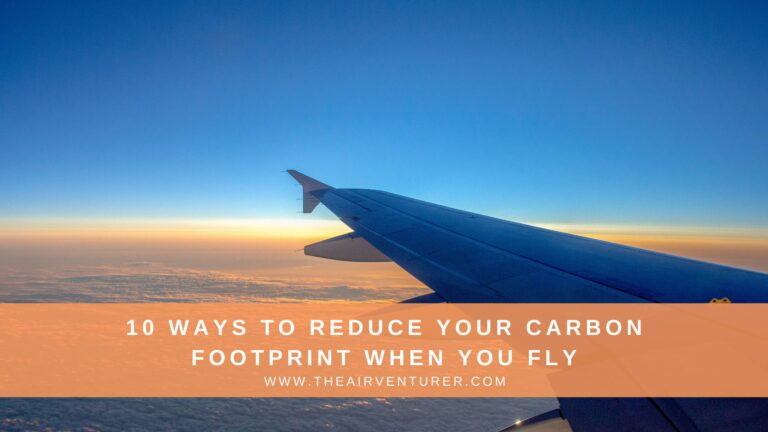


One Comment